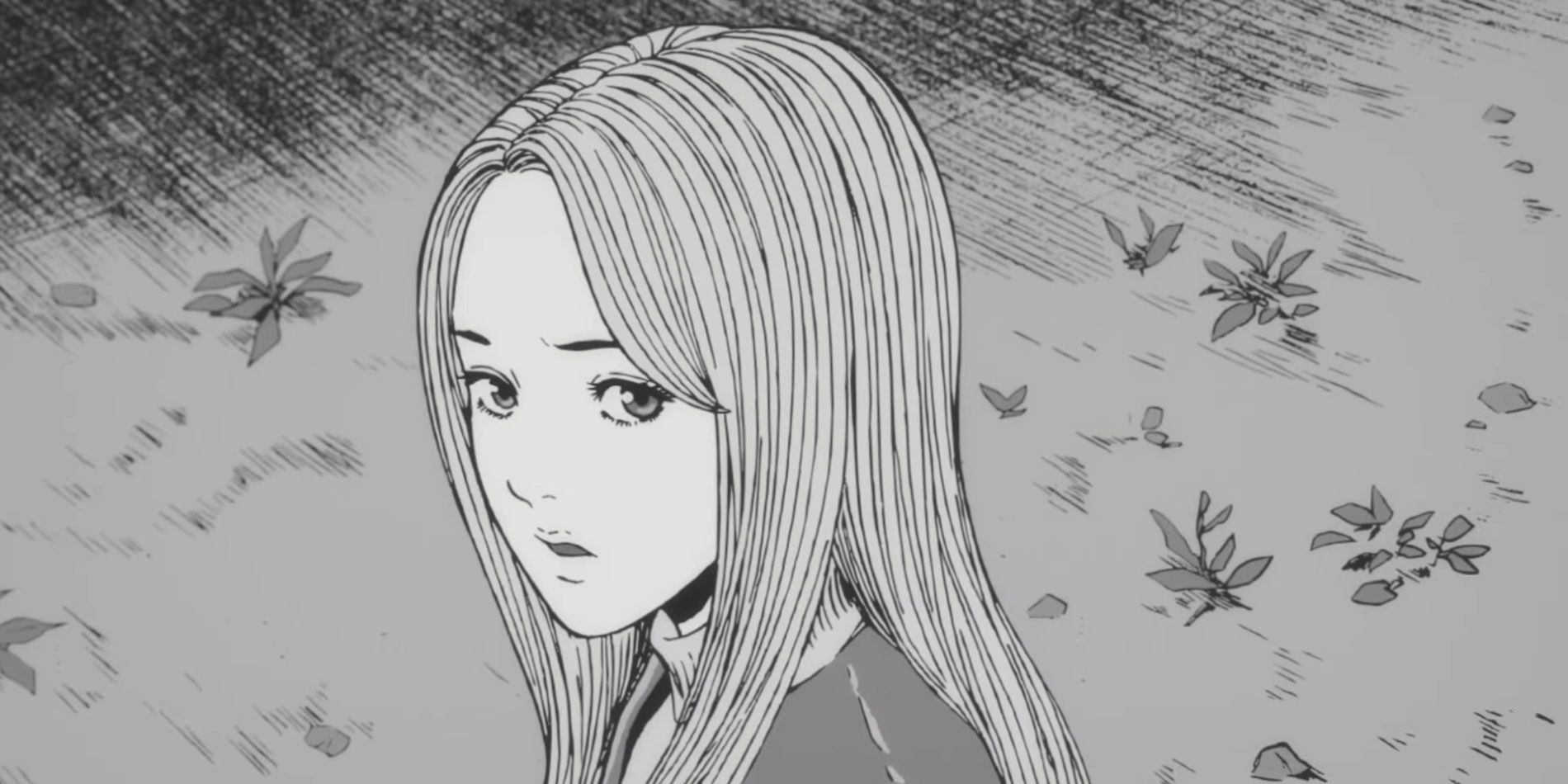

Obviously this is normal for manga, and does not prevent the conveyance of a wide range of moods and aesthetics. A wholly trypophobic image from Junji Ito’s collection, Shiver (2015)īeing an author of manga, Ito’s artwork is almost entirely black and white, with colour only being used for cover pages. Wading through the depths of these images, one thing is made immediately clear: Ito has a very distinct style, and it is horrifying.

2 Body Horror & Visceral Detail: Ito’s Aesthetic AppealĮven a simple Google search for Junji Ito brings up pages upon pages of gory screenshots from his manga. Interestingly, the anime adaptation was criticised for falling short of the original works, partly due to an inability to replicate Ito’s incredibly detailed art style, and partly due to a lack of atmosphere. So what is it that makes his work so unique and appealing? In order to try and answer this question, this article will examine two aspects of Ito’s manga the visual aesthetic, and the narrative themes.Īs a side note, this article will be focusing on Ito’s manga specifically, not the recent anime adaptation Junji Ito Collection (2018). 1 Yet even within the scope of this appeal, Ito’s manga always stands out, edging above the rest in terms of creativity. As a genre overall, there are many aspects that make horror appealing the suspense and tension, the adrenaline that accompanies fear, and the social activity that it engenders. The world of horror manga is vast, with many excellent titles to choose from.
SLITTERHEAD JUNJI ITO SERIES
Tomie was adapted into a series of films, beginning in 1999.If you’re a fan of horror manga, then there is no doubt that you will have come across the works of Junji Ito, a prolific horror mangaka whose stories will leave you questioning and deeply unsettled. Ito’s universe is also very cruel and capricious his characters often find themselves victims of malevolent unnatural circumstances for no discernible reason or punished out of proportion for minor infractions against an unknown and incomprehensible natural order. Some of the recurring themes of Ito’s work include body horror, seemingly ordinary characters who begin to act out of irrational compulsion, the breakdown of society, deep sea organisms, and the inevitability of one’s demise. Lovecraft as being major influences on his work.Ito 2007: 207 In addition to Kazuo Umezu, Ito has cited Hideshi Hino, Koga Shinsaku, Yasutaka Tsutsui, and H.P. Ito first began writing and drawing manga as a hobby while working as a dental technician in the early 90’s.Ito 2007: 207 In 1987, he submitted a short story to Gekkan Halloween that won an honorable mention in the Kazuo Umezu Prize (with Umezu himself as one of the judges).

He was inspired from a young age by both his older sister’s drawings and the work of Kazuo Umezu. Junji Ito was born in the Gifu prefecture of Japan in 1963. Some of his most notable works include Tomie, a series chronicling an immortal girl who drives her stricken admirers to madness, Uzumaki, a three-volume series about a town obsessed with spirals, and Gyo, a two-volume story where fish are controlled by a death stench.


 0 kommentar(er)
0 kommentar(er)
